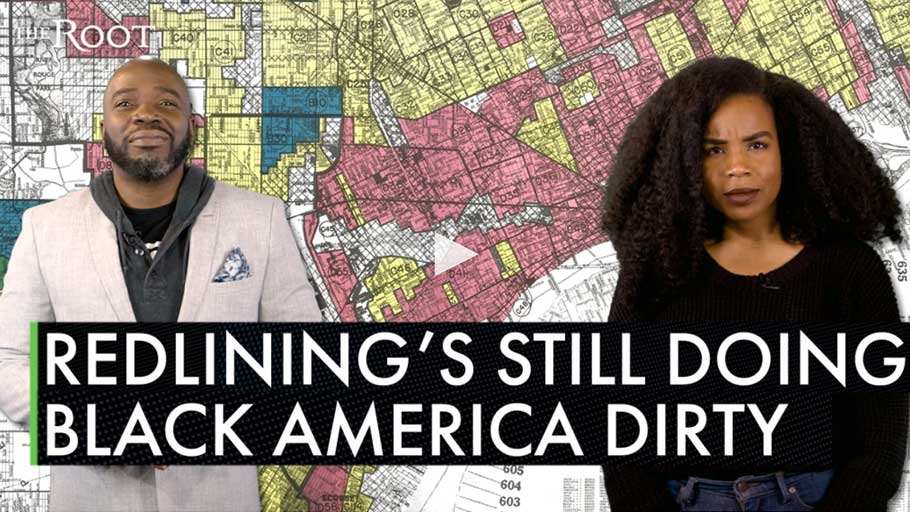
By Michael Harriot, The Root — Money is a social construct. We accept the idea that a dollar issued by the U.S. government is worth more than Monopoly money….

By Michael Harriot, The Root — Money is a social construct. We accept the idea that a dollar issued by the U.S. government is worth more than Monopoly money….
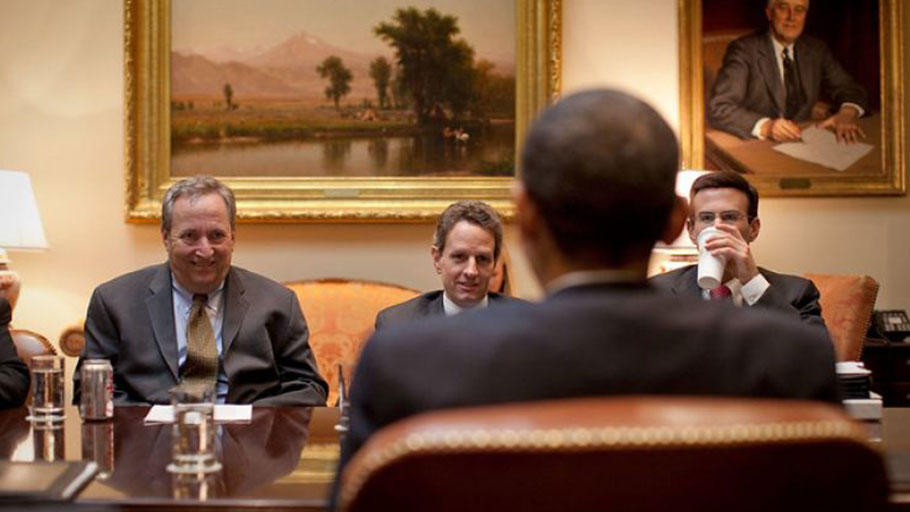
A new insider account reveals how the Obama administration’s botched bailout deal not only reinforced neoliberal Clintonism, but also foreshadowed an ongoing failure to fulfill campaign promises. By Eric Rauchway,…
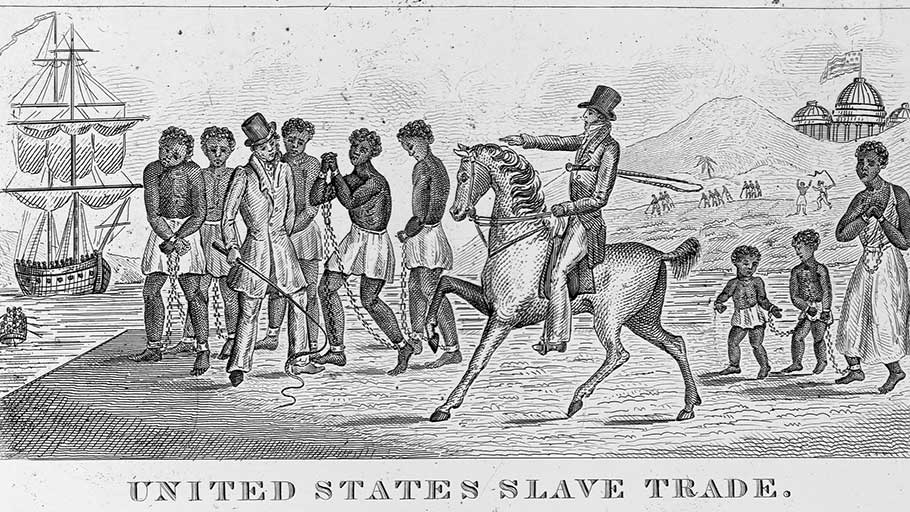
Lincoln signed a bill in 1862 that paid up to $300 for every enslaved person freed. By Tera W. Hunter, New York Times — On April 16, 1862, President Abraham Lincoln signed a bill emancipating enslaved people in Washington, the end of a long struggle. But to ease slaveowners’ pain, the District of Columbia Emancipation Act paid those loyal to the Union up to $300 for every enslaved person freed. That’s right, slaveowners got…
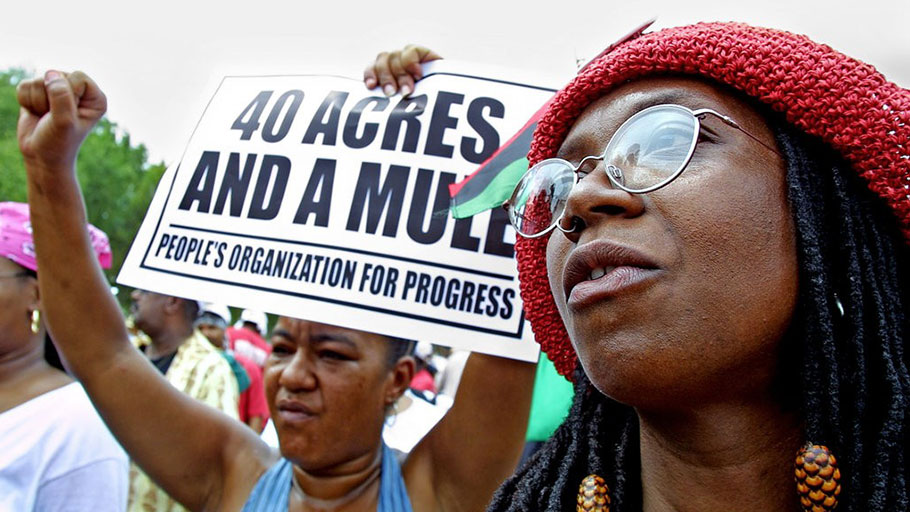
The debate on when it is relevant to apologize and pay reparations for misdeeds and human rights violations tells us that the past is never dead. By Jorge G. Castañeda,…
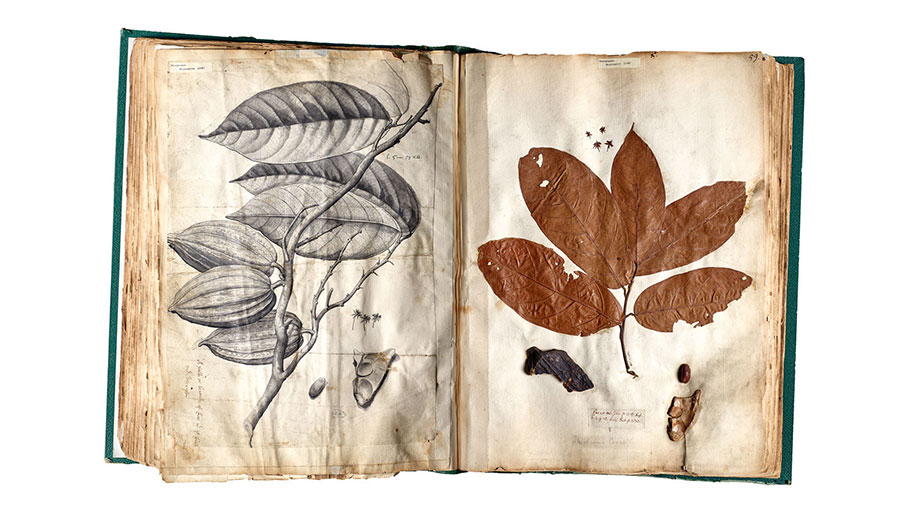
By examining scientific papers, correspondence between naturalists, and the records of slaving companies, historians are now seeing new connections between science and slavery and piecing together just how deeply intertwined they were. By Sam Kean, Science Magazine — At the dawn of the 1700s, European science seemed poised to conquer all of nature. Isaac Newton had recently published his monumental theory of gravity. Telescopes were opening up the heavens to…

By Wyatt Massey, Frederick News Post — The Rev. Dr. Ernest Campbell said no, James Forman could not speak at his church service the next day. Campbell was the senior pastor at Riverside Church, a predominantly white church on the west side of Manhattan. Forman, a black civil rights leader, wanted to read something to the congregation at the next day’s service on May 4, 1969, according to a history…
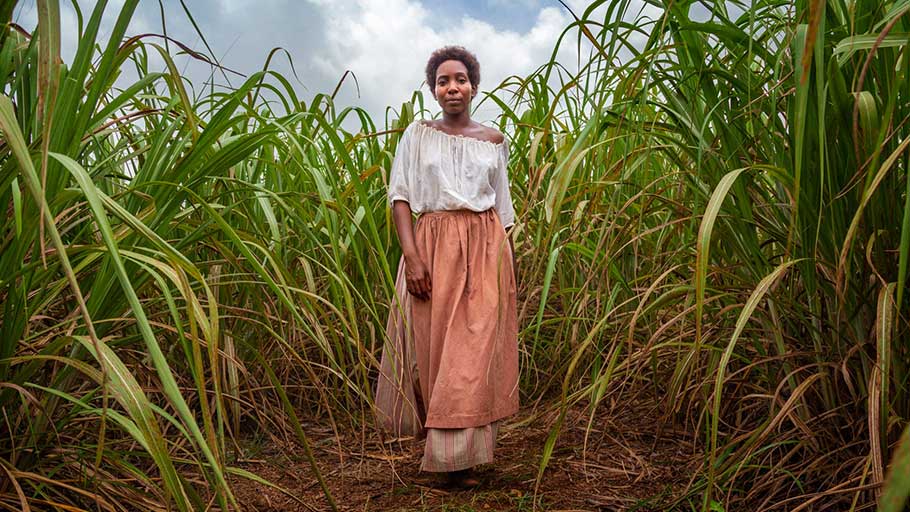
From prize-winners Esi Edugyan and Marlon James to debut novelists such as Sara Collins, a new generation of novelists is exploring a painful past. By Colin Grant, The Guardian — Two hundred years ago, slave narratives seemed one of the few routes to publication for black writers on both sides of the Atlantic. Autobiographical accounts written by former slaves such as Olaudah Equiano, Harriet Jacobs and Frederick Douglass proved enormously popular with readers, who…
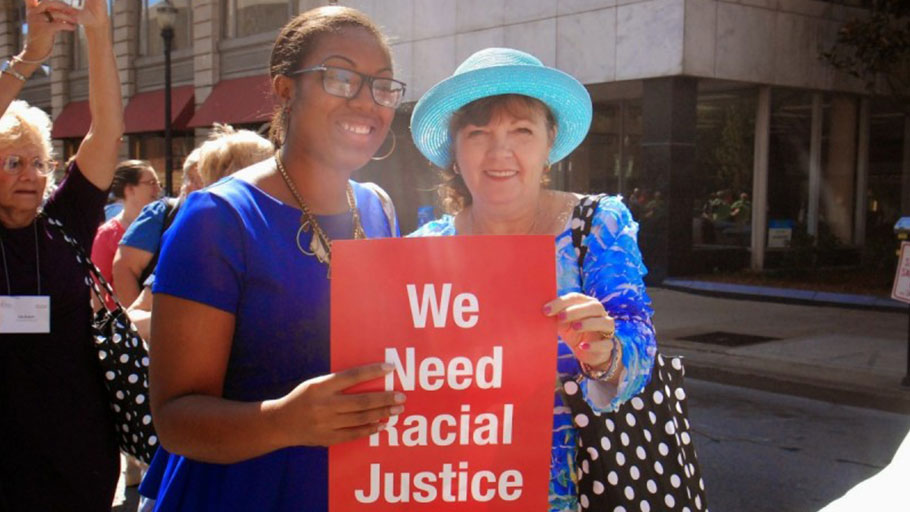
By Brittney Drakeford and Ras Tafari Cannady II, Greater Greater Washington — The effects of historic discriminatory urban design practices, such as redlining and racially-restrictive zoning, are by no means relegated to…

Perhaps the main reason so many people objected to Virginia Governor Ralph Northam calling the first 20 Africans to land in Virginia in 1619 indentured servants, and not slaves, is that they believe the conditions of slavery were so much harsher than those of indentured servitude, that calling these Africans indentured servants amounts to a cover-up of their reality. That is because the popular image that we have been sold…
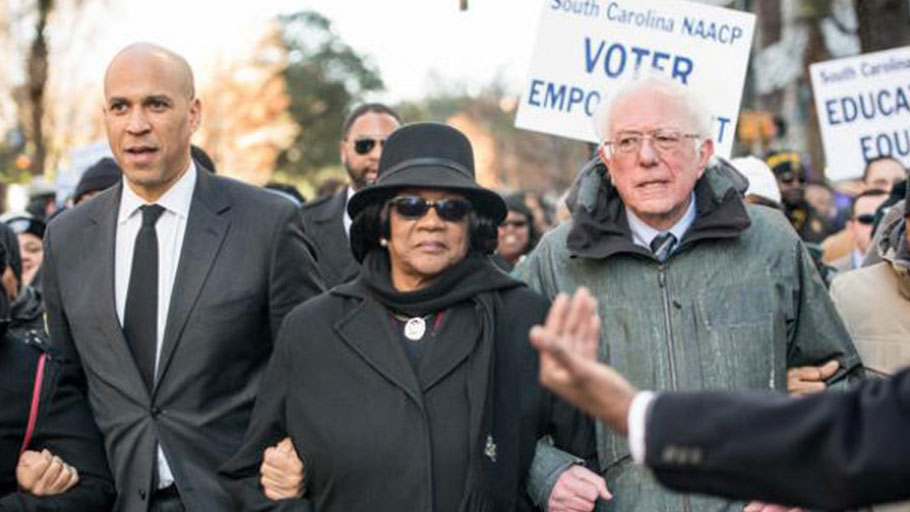
By Julia Craven, Huffington Post — Let’s say you’re driving down the street and someone rear-ends you. You get out of your car to assess the damage. The person who…
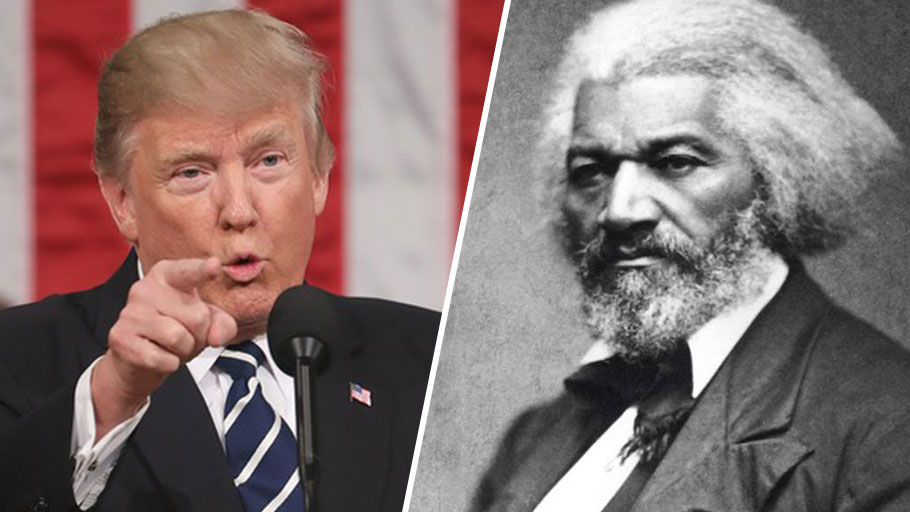
Biographer David Blight on Douglass’ lessons for us: “White supremacy does not die … it revives in new forms.” By Chauncey DeVega, Salon — Black History Month, which has…
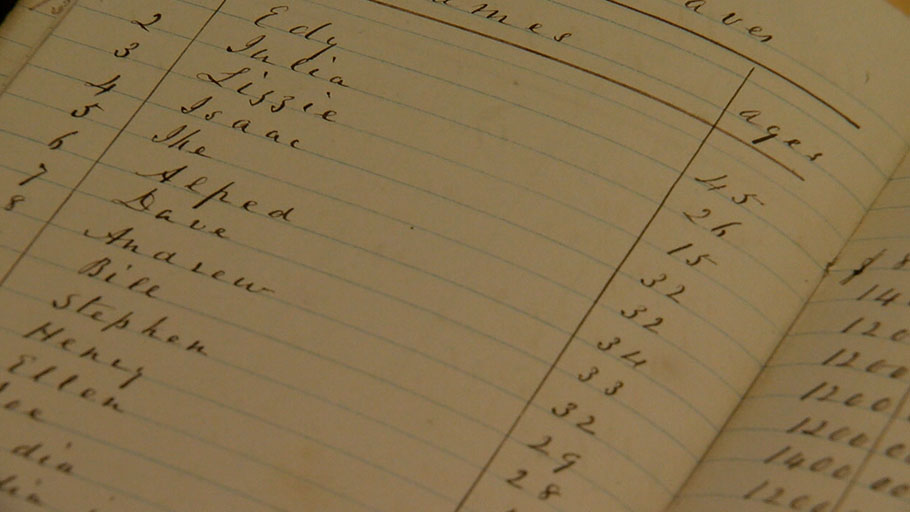
By: Micah Smith, The Denver Channel — DENVER — Throughout Denver, there’s a growing racial justice movement focused on reparations and reconciliation. Most of those involved in this push to bridge…